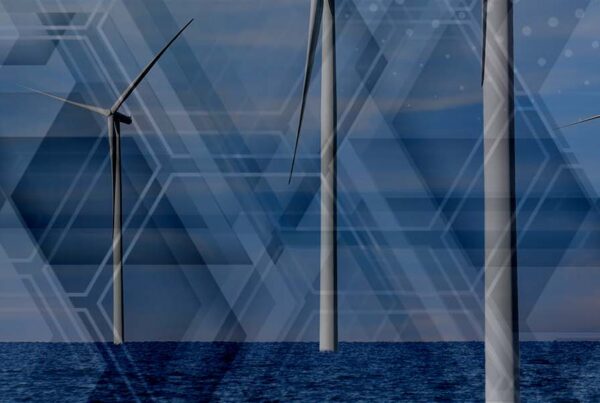The pressure is rising to reduce emissions from upstream operations. The last few years have seen a reduction in total emissions and improvement in emissions intensity as companies have focused their attention on operational advancements and efficiencies. But, with the low hanging fruit picked, there is a risk that this trend will reverse without capital investment.
Westwood tracks historical and future emissions and emissions intensity for every production hub in Northwest Europe, using in-house methodology to develop a customised emissions forecast. Leveraging additional data available in Westwood’s Northwest Europe E&P product, Atlas, this insight aims to better understand the impact each individual UKCS hub is having on regional performance.
Targeting emissions reduction
The North Sea Transition Authority (NSTA) is currently aiming for a 50% reduction in absolute Greenhouse Gas (GHG) emissions from the UKCS by 2030. In the base case model, Westwood predicts that due to declining production and the number of hub closures, the offshore region is on course to meet these targets with total emissions reducing from 11.1 MtCO2 in 2022 to 4.9 MtCO2 in 2030.
While absolute CO2 emissions reduction might be on track, a review of the performance of the UKCS, measured as a CO2 emissions intensity (EI) (kgCO2/boe), indicates that the performance is set to decline. CO2 EI is expected to increase from an average of 20.9 kgCO2/boe in 2022 to 24.9 kgCO2/boe by 2030.
UKCS Emissions Forecast Timeline 2022-2030
Source: Atlas, Westwood Analysis
On a hub-by-hub basis, CO2 EI varies significantly, with some hubs more than five times the country’s average. As the time-lapse suggests, typically it is the older platforms with low production rates that have higher CO2 EI. For 2022, Westwood anticipates average CO2 emissions intensity for hubs less than 10 years old to be as low as 10.3 kgCO2/boe. If the 10 worst performing hubs in 2022 are excluded, this reduces total CO2 emissions by 17% yet these hubs only account for 4% of UKCS production.
Operators responding to the cost of inaction
Given the wide range of CO2 EIs, benchmarking against UKCS averages will not be enough to drive emissions reduction initiatives in most cases. Instead, most operators in the region have set their own site-specific ambitions and targets. While this is undoubtably a positive development, these are internal KPIs and so operators are unlikely to be held accountable if targets are not met.
There are financial motivations for improving the emissions performance of a facility. The EU and UK ETS price has seen a threefold increase in the last 18 months, so the cost of CO2 emissions is starting to impact the bottom line. Westwood forecasts UK hubs to pay c.US$750 million in 2022 on ETS allowances. With free allowances declining in future years and the UK ETS price expected to increase further, the cost of poor emissions performance will become even more evident. At US$100 per tonne and excluding any free allowances, a hub with an EI of 50 kgCO2/boe will be paying US$5/boe on emissions. Considering most CO2 emissions are a result of natural gas combustion, which could be a direct source of revenue, it becomes apparent why CO2 EI is such an important KPI.
In addition to CO2, methane is a key GHG in the offshore oil and gas industry, with a global warming potential 25-28 times higher than CO2. Analysis suggests similar trends to CO2 EI, with the older platforms typically having a higher methane intensity.
Modelling the impact of future changes
While the NSTA targets appear to be on track using the base case economic model, with energy security a major concern and uncertainty over future hydrocarbon prices, the industry may well see hub closure dates extended or new production being brought onstream, which in turn would increase absolute emissions for the region.
With emissions and ETS prices fully integrated within Atlas, Westwood can conduct rigorous analysis on the impact hydrocarbon prices and emissions performance is having. The model can flex future hydrocarbon prices, ETS prices, or even remove free allowances. At a hub level, users can model the impact emissions reduction projects, such as electrification, will have on future operations and economics.
In a future insight Westwood will take a deep dive into Norway, looking at how the large production hubs such as Johan Sverdrup and Troll are helping drive down the average CO2 EI of the region and the impact future electrification projects are expected to have.
Stuart Leitch, Senior Analyst – Emissions & New Energies
[email protected]
For more information or a product demonstration contact the Atlas team.




